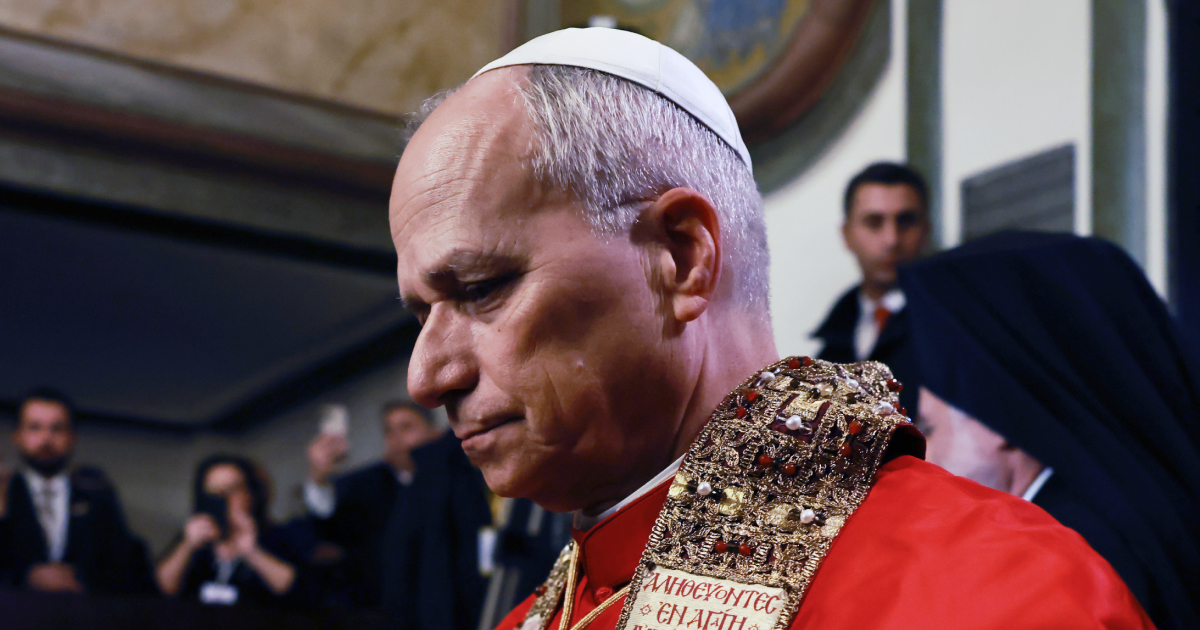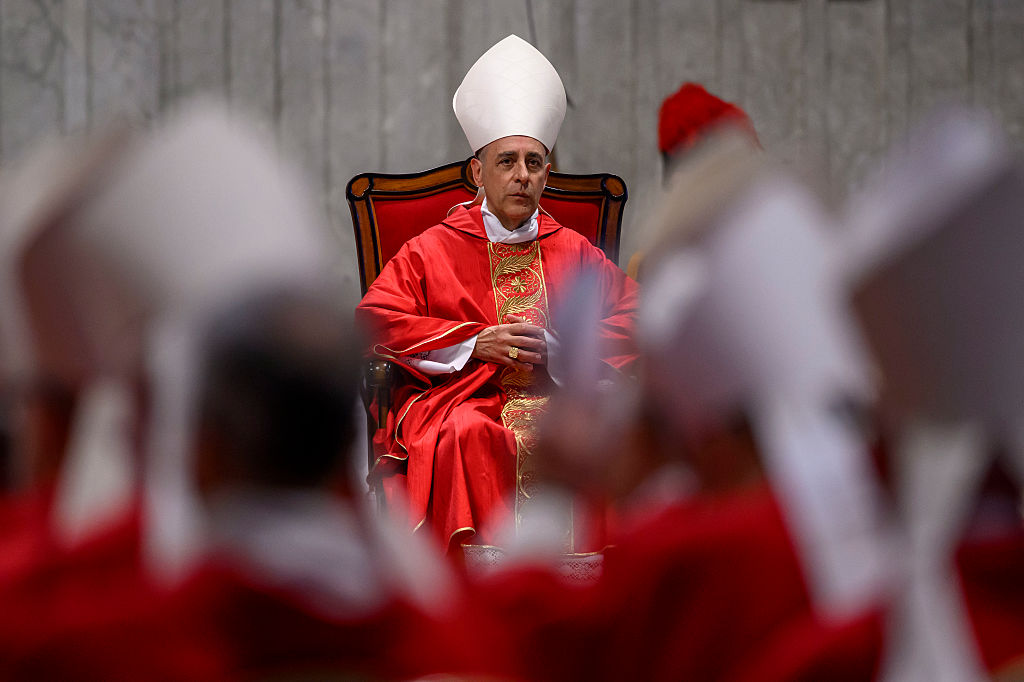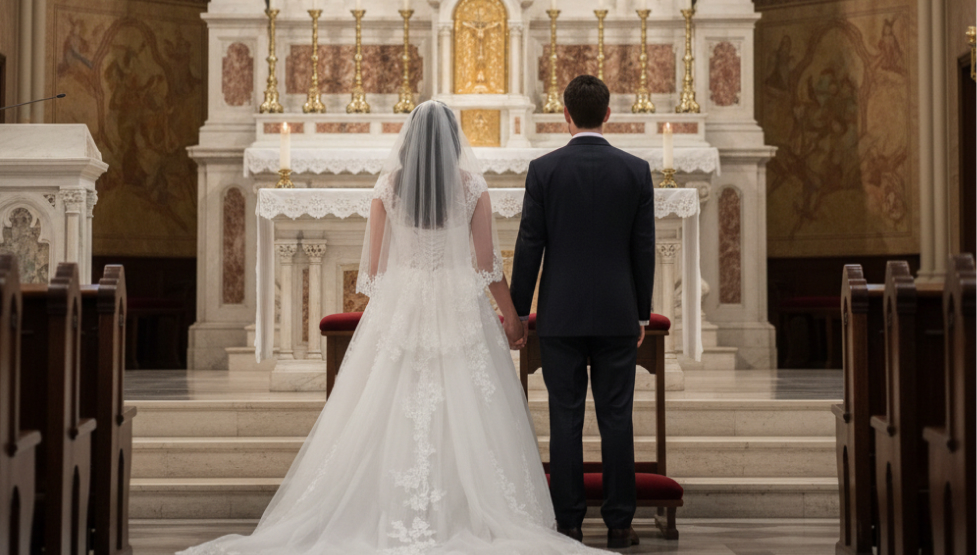King Charles III was formally accorded the title of Royal Confrater during a solemn ecumenical ceremony at the Basilica of Saint Paul Outside the Walls in Rome.
The presentation took place on 23 October during the occasion of his state visit, accompanied by Queen Camilla, to the Holy See, which was attended by senior Catholic and Anglican figures.
The title of Royal Confrater, conferred with the approval of Pope Leo XIV, historically belonged to Catholic monarchs who served as honorary protectors of one of Rome’s major basilicas.
The notion of "Confraternity" being bestowed on King Charles – and thereby on the Protestant British Crown – by the Vatican serves as a recognition of spiritual fellowship. The revival of the title in this context also signals a delicate but real shift in Anglican-Roman Catholic relations, according to commentators.
For centuries, the English monarch has served as Supreme Governor of the Church of England, embracing a firmly Protestant identity at the Coronation. Thus the king’s acceptance of a Catholic title attached to a papal basilica, even if symbolic, is a significant ecumenical act in the history of the Anglican and Catholic Churches.
The King and Queen, accompanied by Cardinal James Michael Harvey, Archpriest of the Basilica, and by Abbot Donato Ogliari, Abbot of Saint Paul's Outside walls, entered the church through its Holy Door before proceeding to the tomb of the Apostle Paul, where they paused in prayer.
The ecumenical liturgy that followed was attended by senior Anglican and Reformed figures, including the Archbishop of York, Stephen Cottrell, and the Moderator of the General Assembly of the Church of Scotland, Rosie Frew.
The music, a blend of Anglican and Roman traditions, included “Hosanna to the Son of David” by Orlando Gibbons and “Sing Joyfully” by William Byrd, performed jointly by the choirs of St George’s Chapel, Windsor; St James’s Royal Chapel and the Schola of the Abbey.
During the service, readings from the Letter to the Ephesians and the Gospel of John were proclaimed, reflecting the theme of Christian unity that was inscribed upon the King’s stall – which was made especially for the event – with the Latin words, Ut unum sint (“That they may be one”).
Abbot Ogliari then read the formal declaration of confraternity, invoking the “common ecumenical journey” and “fraternal task” shared between the Churches. Moderator Rosie Frew, participating alongside, reaffirmed the shared Christian calling to unity “in the darkness of our time”.
The King looked visibly moved as he was made Royal Confrater, reports the Daily Telegraph.
Cardinal Harvey told the small congregation gathered for the ceremony that the “significance of this visit today cannot be overestimated”, adding that the Churches of England and Rome had moved from “mutual incomprehension and suspicion” to a relationship that has become “deeper and warmer”.
Speaking directly to the King, sitting in the specially made stall, the cardinal said: “Your presence is historic by any measure or calculation," before going on to say that it marked the start of a “soul-stirring new chapter”.
The ceremony at the Basilica brought a two-day royal visit to a close, following engagements that included meetings with Pope Leo XIV and senior Vatican officials, as well as joint Anglican-Catholic prayers in the Sistine Chapel. The King and Queen later visited the adjoining monastery and library before departing Rome.
Reporting from the Vatican, BBC royal correspondent Sean Coughlan described the event as "a symbolic moment of joining up the dots of history”.
He explained, in regard to Catholicism: “Before the Reformation, this was once a Church with a particular connection to the English monarchy, back to the Saxons."
Photo: King Charles III sits in a specially created seat, displaying his Coat of Arms and a Latin inscription, in honour of becoming Royal Confrater of the Abbey, during his state visit to the Holy See, Rome, Italy, 23 October 2025 (Photo by Aaron Chown- Pool/Getty Images)




.jpg)





.jpg)





